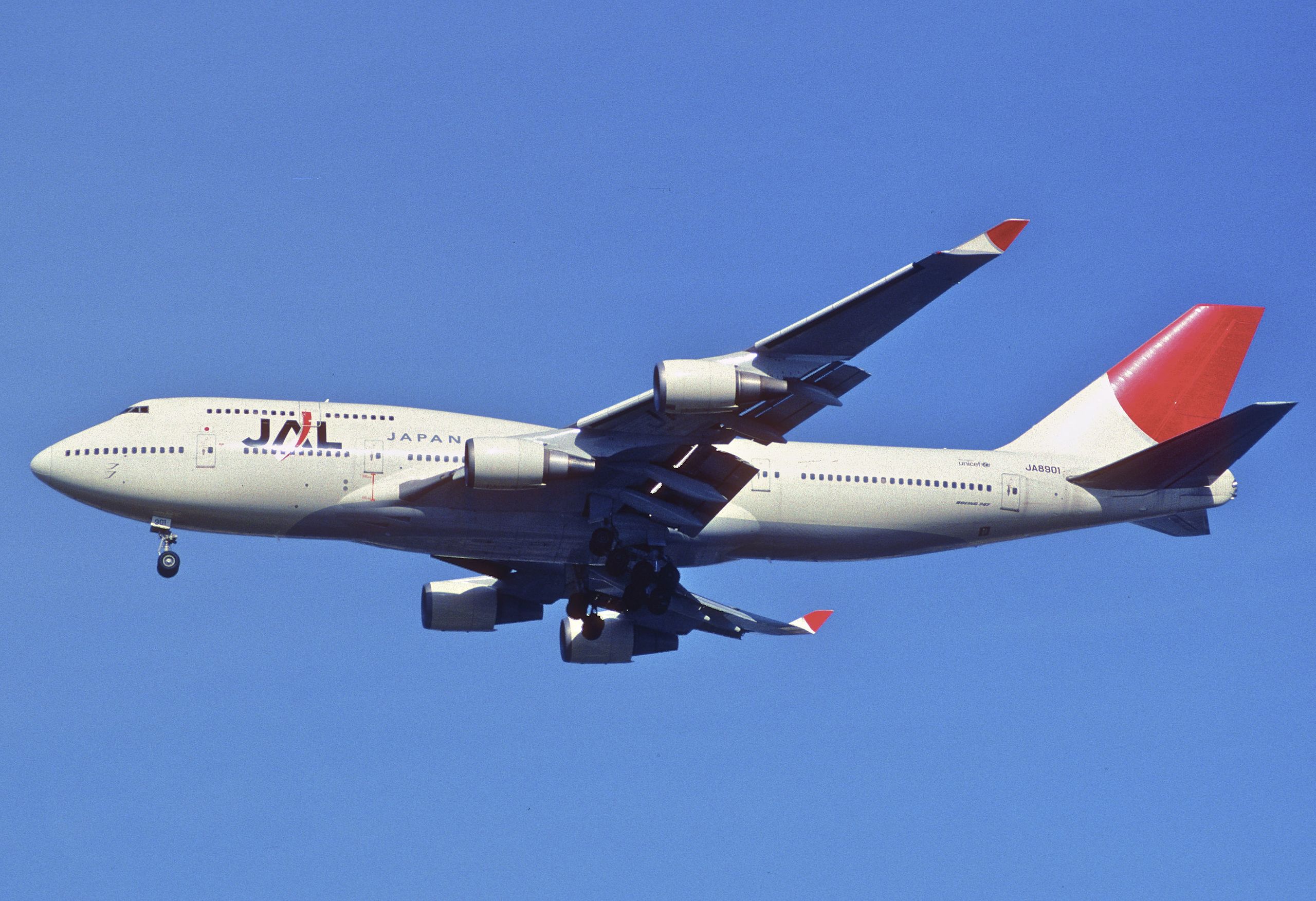Aerospace
Israel banning planes with four engines
According to the Israeli website INN, the policy will go into force on March 1, 2023.

As the window for these four-engine aircraft slowly closes, they are already posing a greater hardship to some airports. According to reports, Israel has been given notice that four-engine aircraft are to be banned due to noise and air pollution.
According to the Israeli website INN, the policy will go into force on March 1, 2023. As of this day, with very few exceptions, it will no longer be permitted for aircraft like the Boeing 747 or the Airbus A340 and A380 to land in the nation due to noise regulations.
Why are some airlines still prefer the Airbus A380?(Opens in a new browser tab)
Director General of the Israel Airports Authority, Hagai Topolansky, confirmed the measure, stating,
“The increase in passenger and aircraft traffic at Ben Gurion Airport is an environmental challenge. I intend to lead the Airports Authority and Ben Gurion Airport not only in the fields of digitization but also to lead the environment and sustainability in the world of aviation, stopping the landing of 4-engine planes at Ben Gurion Airport is one step and the first step in a broader plan that is currently being formulated.”
Four-engine aircraft are not expected to be seen in any other terminal in the country, despite the fact that the prohibition solely applies to commercial flights at Tel Aviv airport. Another important consideration is that the policy won’t immediately produce any benefits because no corporation now enters the country using four-engine aircraft.
In Gesture To Israel, Saudi Arabia Opens Airspace To ‘All Carriers’.(Opens in a new browser tab)
The Jumbo flew with the national airline El Al for many years, operating all variants from the 100 series to the 400 until it was retired in 2019. The company’s 747 stood out for having a colossal range, which made it a great place for the detours you had to make to avoid flying over Israel’s unfriendly nations without requiring additional refueling stops.
Six airBaltic Airbus A220s grounded due to lack of spare parts(Opens in a new browser tab)

Aerospace
Boeing Transfers Rocket Stage to NASA, Paving Way for Human Moon Mission

Boeing has achieved a significant milestone by providing NASA with the second core stage of the Space Launch System (SLS) rocket.
This crucial component, crafted at NASA’s Michoud Assembly Facility (MAF), is set to propel the Artemis II crew into lunar orbit, marking humanity’s return to deep space after a 50-year hiatus.
The monumental Boeing-built rocket stage, the largest element of the Artemis II mission, will embark on a journey aboard the Pegasus barge, traveling 900 miles to NASA’s Kennedy Space Center.
Comparison of two legendary aircraft B777x vs B747 aircraft:Click here
Upon arrival, it will be meticulously integrated with other essential Artemis II components, including the upper stage, solid rocket boosters, and NASA’s Orion spacecraft within the iconic Vehicle Assembly Building. This intricate integration process is a vital step toward the eagerly anticipated Artemis II launch, slated for 2025.
“Boeing-built products helped land humankind on the moon in 1969, and we’re proud to continue that legacy through the Artemis generation,” remarked Dave Dutcher, vice president and program manager for Boeing’s SLS program. “Together, with NASA and our industry partners and suppliers, we are building the world’s most capable rocket and paving the way to deep space through America’s rocket factory in New Orleans.”
NASA, Lockheed Martin Reveal X-59 Quiet Supersonic Aircraft:Click here
The delivery of Core Stage 2 marks a significant achievement in the evolution of the SLS rocket. Towering over 200 feet and powered by four RS-25 engines, this core stage, coupled with two solid-fueled booster rockets, will generate a staggering 8.8 million pounds of thrust. This immense power is crucial to launching Artemis II and future missions into the vast expanse of space.
The SLS rocket stands unparalleled in its capability to transport both crew and substantial cargo to the moon and beyond in a single launch. Its extraordinary capacity will facilitate the delivery of human-rated spacecraft, habitats, and scientific missions to destinations including the moon and Mars, ushering in a new era of space exploration.
-

 Travel1 week ago
Travel1 week agoAir India to Expand US Operations with Three New Routes After a Decade
-

 Travel2 weeks ago
Travel2 weeks agoWhy We Should Avoid These Stamps in a Passport
-

 Airlines1 month ago
Airlines1 month agoInvestigations Reveal Fake Chinese Titanium in Boeing and Airbus Jets
-

 Tech4 weeks ago
Tech4 weeks agoChina’s CATL Plans 1,800-Mile Electric Plane Launch by 2027
-

 Airport3 days ago
Airport3 days agoTop 10 Largest Airports in the World by Size
-

 Aerospace4 weeks ago
Aerospace4 weeks agoChina’s Fighter Jets Turn Wings into Autonomous Drones
-

 Airlines4 days ago
Airlines4 days agoAir India Rolls Out A350s for Delhi-New York JFK and Newark Routes
-

 Defence3 weeks ago
Defence3 weeks agoBoeing Enhances Chinook with New Engines and Block II Upgrades at $96 Million







